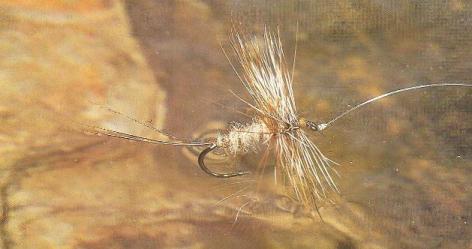

The art of Fly FishingThis art that will bring many years of happiness
Fly fishing was always thought of as the reserve of the upper classes due to the high cost of the tackle needed to do it. Almost all the gear � the rod and reel, were hand made and this made them expensive. 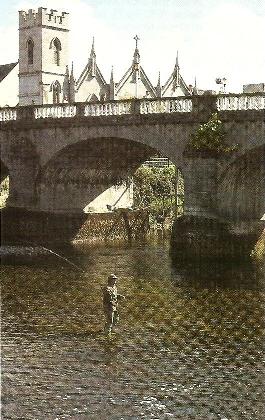
Fly Fishing TackleTo get started the equipment will still cost a lot of money � over 100 Euros to get a reasonable set up, but if you want to just give it a try you can pick up a Starter Kit Methods and SkillsThe methods and skills involved are difficult to learn, the casting is totally different from any other method of fishing. The Fish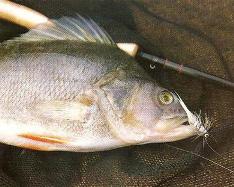
At sometime or other all fish will take flies on the surface, or below it, as the picture on the left shows, this Perch was caught on the fly, but this is not a regular occurance. There are a few fish which will take it the fly regularly.Most of the fish which are drawn to the fly, like a moth to a light, are the game fish - Salmon, Trout and Greyling. In recent times fishermen have started fishing for fish like Pike and Bass. The Fly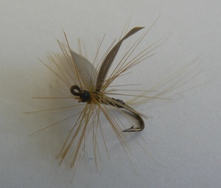 You can learn how to cast, where the fish might be and how to tie your knots so they don't slip. But if you have the wrong fly on you will be trying for a long time. You can learn how to cast, where the fish might be and how to tie your knots so they don't slip. But if you have the wrong fly on you will be trying for a long time.There are thousands of different flies and loads of variations of a lot of them. So it is very easy to have the wrong one on. A lot of the selection process is controlled by things like the weather, what you are fishing for and what is hatching on the water, if you are fly fishing for Pike what is hatching will not play a big roll, you need something big and bright. This is the same for Bass. There are four main types of fly -
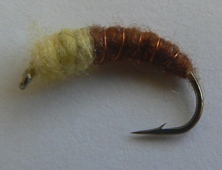 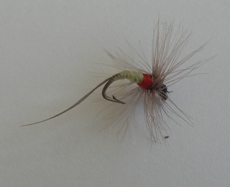 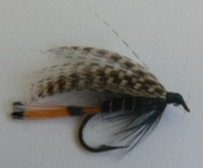 Fly TyingThe art of fly tying can be engrossing, you can forget about time and just get carried away thinking about what you saw from the river bank and how you can replicate it. This pass time can take up as much time as fishing, if not more, so you better have an understanding wife!The equipment is straight forward and you don't need a lot to get started. As for materials, there are many different types you can use to make up the flies. These do not cost a lot to get you up and running. The hook is important to ensure you end up with a fly that works. Click here to get more information on fly tying. Some helpful LinksIf you find yourself driving around Co. Kerry asking yourself where do people go to fish around here? then have a look at the site Tom and Maurice have put up to help you - the www.1st-stop-county-kerry.com site has some of the best information on where to fish in Kerry and what to fish for.  Custom Search Back to Fly Fishing Top Back to Home |






















